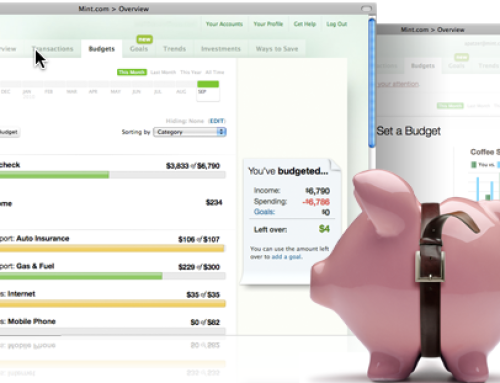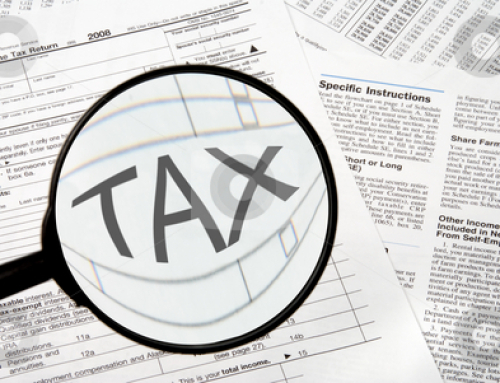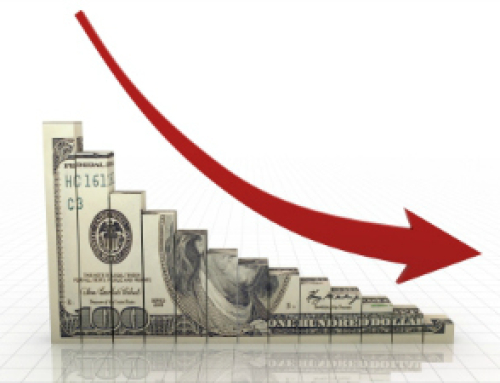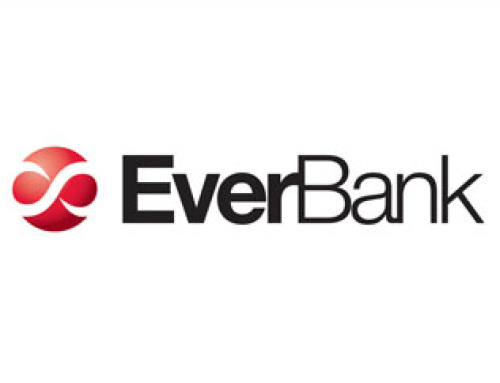When you take your money and put it in the bank, you might think that it just sits there, waiting to be called into use by you. However, that’s not how it works. Here’s how banks make money.
Using Your Money to Make Money
You have a record of how much money is “yours.” A certain amount of the money the bank has is claimed by you, for your use, but there isn’t exactly a pile of dollar bills somewhere, reserved for your exclusive use. Instead, the bank uses the money you put in to make more money.
When you put money in the bank as a deposit, the institution can use that money for other purposes. If you put $1,000 in the bank, the bank is allowed to take some of that money and lend it out to someone else. You might earn around 1% interest on the money in a high-yield savings account, but the bank can turn around and loan most of that money out for a mortgage loan at 4%, or a car loan at 2.99%. As you see, the fact that the bank is paying you interest for your savings deposit doesn’t matter as much, because the bank can use the money you put in your account to make more money by lending it to someone else.
Some banks don’t just earn money by loaning it out; it’s also possible for banks to invest some of the money you deposit. Banks might invest in bonds, or securitized mortgages, or other items in an effort to use your money to earn a bigger return. All of this can be a way to take your money and use it to make even more money for the bank.
How Much of Your Money Can the Bank Use?
A bank can’t use 100% of the funds deposited in the institution to loan out or invest. Indeed, banks are required to keep some of your money in reserve. The Federal Reserve requires that banks with net transaction accounts of between $10.7 million and $58.8 million hold back 3% in reserve. Those institutions with more than $58.8 million must hold 10% in reserve. It is important to not that these “transaction” accounts are those, like checking accounts, that are expected to be used regularly. Reserve requirements are lower for accounts, like savings accounts, that have limitations related to how often depositors can withdraw their funds.
The bank can keep using the money over and over again, too, in order to keep things moving. Let’s say you put $1,000 in the bank. A smaller bank must keep 3% in reserve, amounting to $30. That means that the bank can lend out $970 — and earn interest on that money. The loan is used to buy something, and the seller can put that money into the bank. Out of that money, the bank can lend out all but 3%, so it’s possible for the bank to lend out $940.90. However, that money isn’t new. It is, conceivably, still money from your original deposit.
Banks use your money over and over again, in order to keep the economy moving, as well as to continuing making its own money.













Follow Us